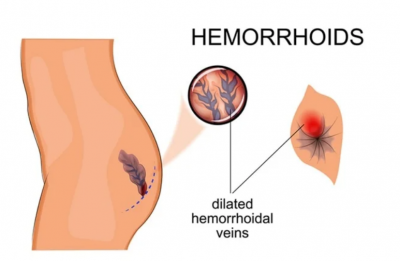Hemorrhoidectomy -
Surgery to remove hemorrhoids is called hemorrhoidectomy. The doctor makes small cuts around the anus to slice them away. You may get local anesthesia (the area being operated on is numb, and you're awake though relaxed) or general anesthesia (you're put to sleep). Hemorrhoidectomy is often an outpatient procedure, and you can usually go home the same day. Because it's highly sensitive near the cuts and you might need stitches, the area can be tender and painful afterward.
Procedure for Prolapse and Hemorrhoids (PPH)
PPH is also called a stapled hemorrhoidectomy. The doctor will use a stapler-like device to reposition the hemorrhoids and cut off their blood supply. Without blood, they'll eventually shrivel and die.
It can treat hemorrhoids that have and have not prolapsed, or slipped down out of the anus.
This procedure moves the hemorrhoid to where there are fewer nerve endings, so it hurts less than a traditional hemorrhoidectomy. You'll also recover faster and have less bleeding and itching. And there are generally fewer complications.
Hemorrhoidal Artery Ligation and Recto Anal Repair (HAL-RAR)
Hemorrhoidal Artery Ligation and Recto Anal Repair (HAL-RAR) is a new procedure in which a miniature Doppler sensor is inserted in the anus to detect the arteries supplying blood to hemorrhoids.
The surgeon can pinpoint the arteries supplying the hemorrhoids and can tie them off to cut the blood supply. The hemorrhoids are reduced almost immediately and within weeks, are no longer noticeable. The procedure is effective and virtually painless.


